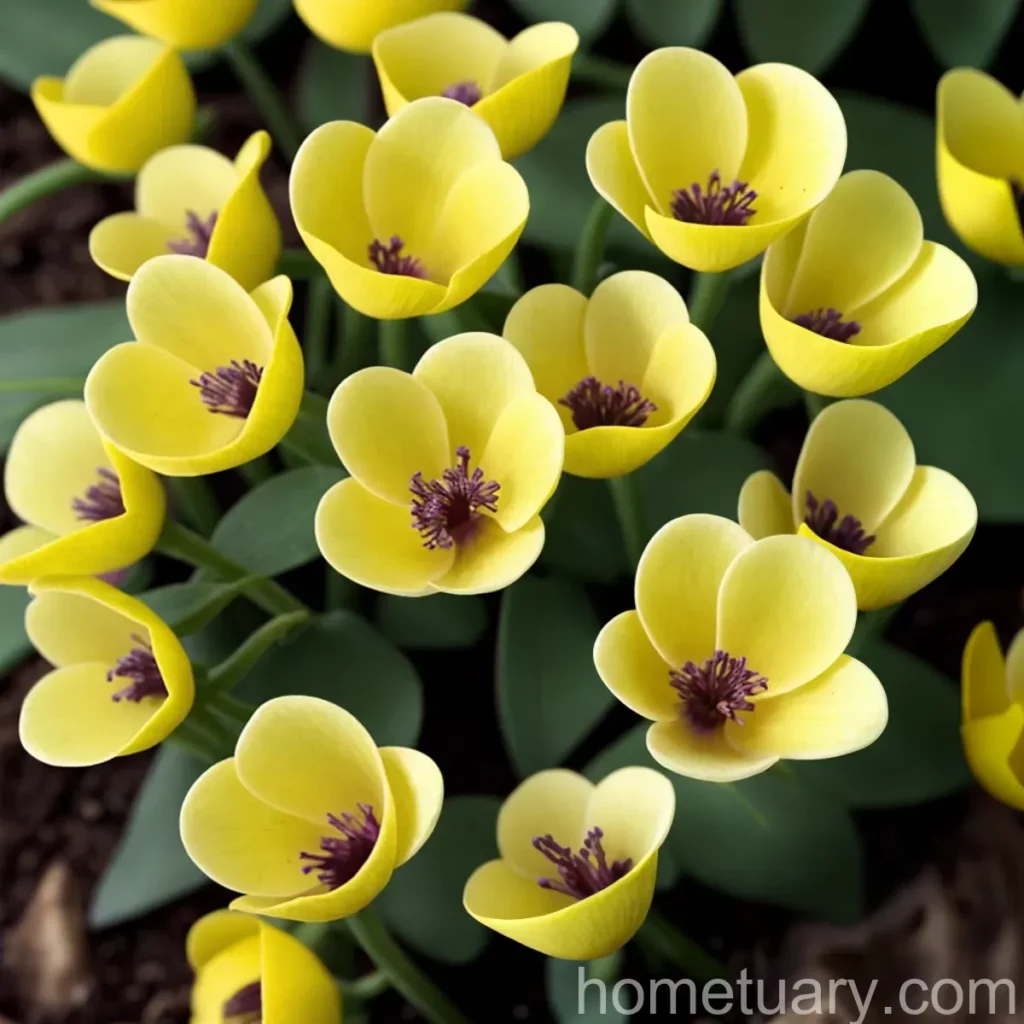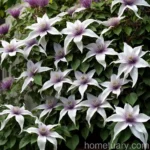Fig Buttercup (Ficaria verna): A Comprehensive Guide
What is Fig Buttercup (Ficaria verna)?
Fig Buttercup, scientifically known as Ficaria verna, is a perennial plant species that belongs to the Ranunculaceae family. This plant is also commonly referred to as Lesser Celandine. Fig Buttercup is characterized by its bright, glossy yellow flowers and heart-shaped, dark green leaves. The plant typically blooms during the early spring season and can form dense mats of vegetation in woodland areas, wetlands, and along stream banks.
Key Takeaways – Fig Buttercup (Ficaria verna)
Before delving into the details of the Fig Buttercup, let’s have a quick overview:
- Habitat: Fig Buttercup is often found in woodland areas, wetlands, and along stream banks.
- Characteristics: This plant is known for its glossy yellow flowers and heart-shaped, dark green leaves.
- Growth Habit: Fig Buttercup usually forms dense mats of vegetation.
- Blooming Season: The typical blooming season for Fig Buttercup is early spring.
- Invasive Species: It is important to note that Fig Buttercup is considered an invasive species in many regions.
- Propagation Methods: The plant can be propagated through seeds and division of rhizomes.
Now, let’s explore the diverse aspects of cultivating and maintaining Fig Buttercup in various environments and conditions.
Culture
Cultivating Fig Buttercup requires an understanding of its specific cultural needs. From sunlight requirements to watering habits, each aspect plays a crucial role in ensuring the optimal growth and health of the plant.
Uses
Fig Buttercup has been used for various purposes, including:
- Ornamental Purposes: It is often planted for its attractive flowers and foliage.
- Medicinal Uses: Traditionally, Fig Buttercup has been used in herbal remedies for certain ailments.
- Wildlife Habitat: It can serve as a valuable habitat for certain wildlife species.
- Groundcover: Due to its dense growth habit, it can be utilized as groundcover in suitable environments.
Water
Fig Buttercup typically prefers moist and well-drained soil. Adequate watering is essential, especially during the growing season. However, it is important to avoid waterlogging, as excessive moisture can lead to root rot and other issues.
Sunlight
In terms of sunlight requirements, Fig Buttercup thrives in partial shade to full shade. This makes it suitable for woodland gardens and areas with dappled sunlight.
Fertilizer
When it comes to fertilization, Fig Buttercup generally does not require heavy feeding. A balanced, all-purpose fertilizer applied in the early spring can support healthy growth and flowering.
Soil
The plant thrives in humus-rich, fertile soil with good moisture retention. A slightly acidic to neutral pH range is ideal for optimal growth.
Pruning
Pruning requirements for Fig Buttercup are minimal. Regular removal of spent flowers and any damaged or diseased foliage can help maintain the plant’s appearance and health.
Propagation
Fig Buttercup can be propagated by various methods, including:
- Division: The division of rhizomes during the plant’s dormant period can be an effective way to propagate Fig Buttercup.
- Seeds: Propagation from seeds is also a viable option, and it allows for the cultivation of new plants.
Container Popularity
While Fig Buttercup is commonly grown in outdoor garden settings, it can also be cultivated in containers. This offers the flexibility of growing the plant in smaller spaces or in environments where direct planting in the ground may not be feasible.
Container Maintenance
When growing Fig Buttercup in containers, it is important to ensure proper drainage and regular watering to maintain the moisture levels essential for the plant’s growth.
Common Diseases
Fig Buttercup, like many plant species, is susceptible to certain diseases and conditions that can impact its health and vigor. Understanding these diseases is crucial for effective management and prevention.
Disease Diagnosis
Identifying and diagnosing common diseases affecting Fig Buttercup is essential for implementing appropriate control measures. Common diseases of Fig Buttercup include:
- Fungal Diseases: These can include leaf spot and root rot in poorly drained soil.
- Viral Infections: Viral diseases can cause stunted growth and leaf discoloration.
Common Pests
Fig Buttercup may also attract certain pests that can affect its overall health. Common pests that may affect Fig Buttercup include:
- Aphids: These sap-feeding insects can distort new growth and lead to leaf curling.
- Slugs and Snails: These pests can cause significant damage to the foliage and flowers of Fig Buttercup.
Botanist’s Tips
As a botanist, it is important to understand the ecological impact, growth habits, and habitat preferences of Fig Buttercup. Here are some tips for effective cultivation and management:
- Ecological Impact: Recognize the potential invasive nature of Fig Buttercup and manage its growth to prevent displacement of native plant species.
- Habitat Preferences: Consider the natural habitats of Fig Buttercup when planning its cultivation in gardens and landscapes.
- Propagation Methods: Explore effective propagation methods to maintain the desired population of Fig Buttercup in suitable environments.
Fun Facts
- The bulbils of Fig Buttercup have been used traditionally in herbal medicine for their diuretic and astringent properties.
- Fig Buttercup is known for its ability to form expansive colonies in favorable environments, contributing to its status as an invasive species in certain regions.
Links to External Resources
For further exploration of Fig Buttercup and related topics, consider the following links to external resources:
In conclusion, Fig Buttercup (Ficaria verna) is a plant species with unique characteristics and cultivation requirements. Its lush green foliage and bright yellow flowers make it an attractive addition to gardens, but its potential as an invasive species must be carefully managed. By understanding its cultural needs, propagation methods, potential diseases and pests, and the broader ecological implications of its growth, plant enthusiasts and botanists can ensure the responsible cultivation of Fig Buttercup in diverse environments.
References
-
“The Plant List – Ficaria verna”. [Online]. Available: https://www.theplantlist.org/tpl1.1/record/kew-2811788. [Accessed: 01-Oct-2023].
-
“USDA NRCS: Ficaria verna”. [Online]. Available: https://plants.usda.gov/core/profile?symbol=FIVE. [Accessed: 01-Oct-2023].
-
“Invasive Species Compendium: Ficaria verna”. [Online]. Available: https://www.cabi.org/isc/datasheet/24301. [Accessed: 01-Oct-2023].















